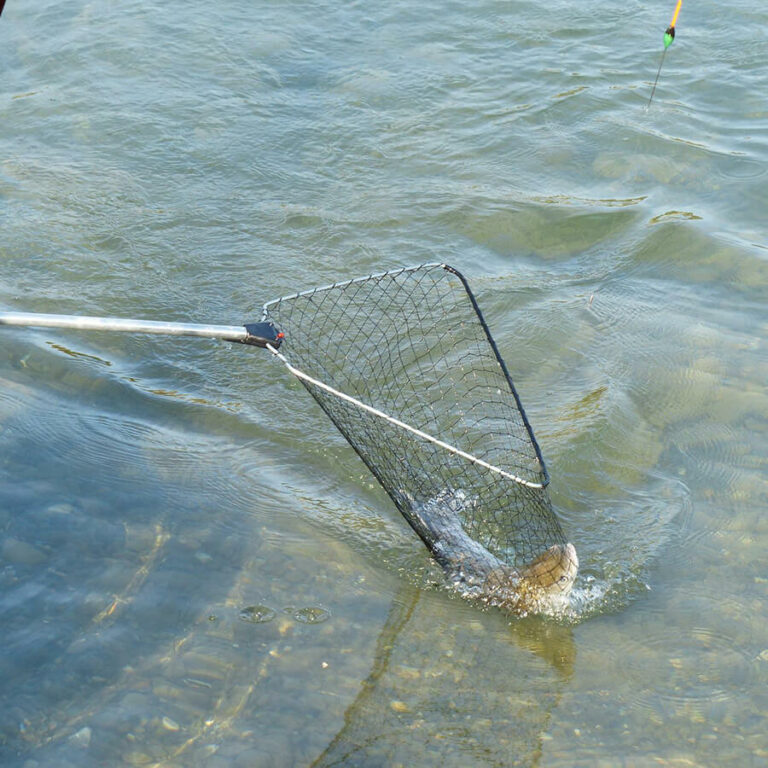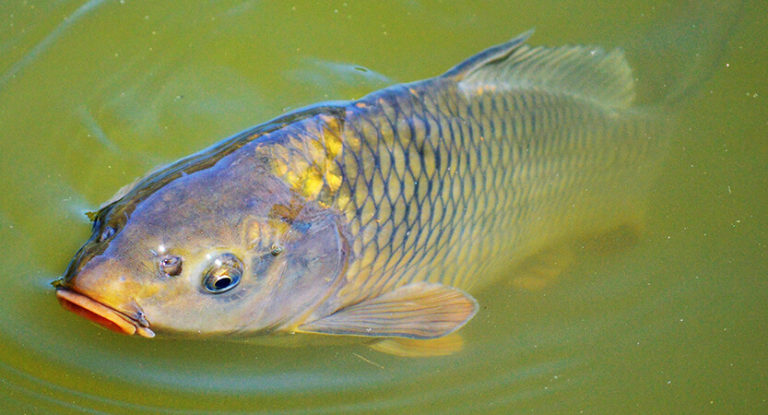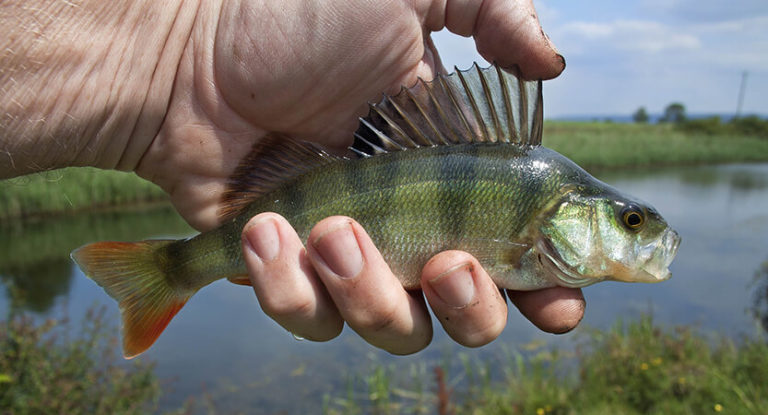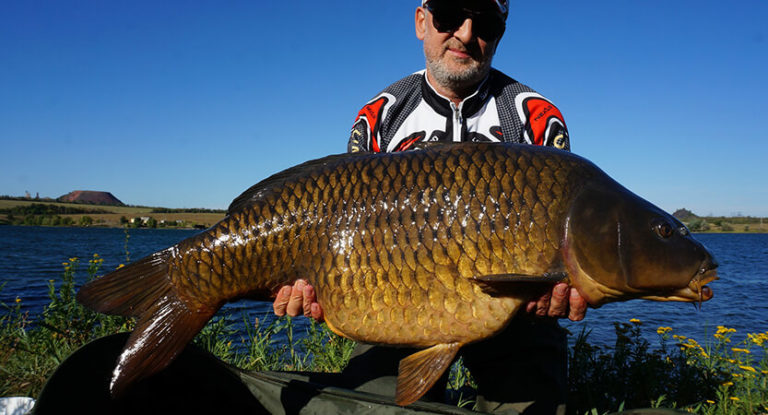Among all active methods of fishing , spinning fishing is the most popular. And this is natural: an average and quite decent spinning tackle is not so expensive, the range of its use is extremely wide – in fact, any water area free from thickets can be caught both from the shore and from a boat, and mastering the basic wiring is not so difficult. In a word, solid pluses in favor of mastering this fascinating method of fishing!
Today we will help you take the first step into the world of spinning fishing full of excitement and thrills . We will tell you how to choose the basic elements of the rig, depending on the fishing conditions and other parameters, so that they do not “conflict” with each other, we will show you how to put them together. You will find out what lures are and suitable installations for them. And at the end of our publication, you traditionally expect practical advice from experienced anglers!
Here is an overview of the content of this tutorial, feel free to jump to any section you care about:
For more fishing instructions, take a look at these popular Trizily links: Best Spinning Reels, Best Spinning Rods.
- Spinning Fishing For Beginners (Complete Guide)
- How To Choose A Spinning Rod (Complete Guide)
- How To Choose A Spinning Reel (Complete Guide)
Basic rules for spinning rigging
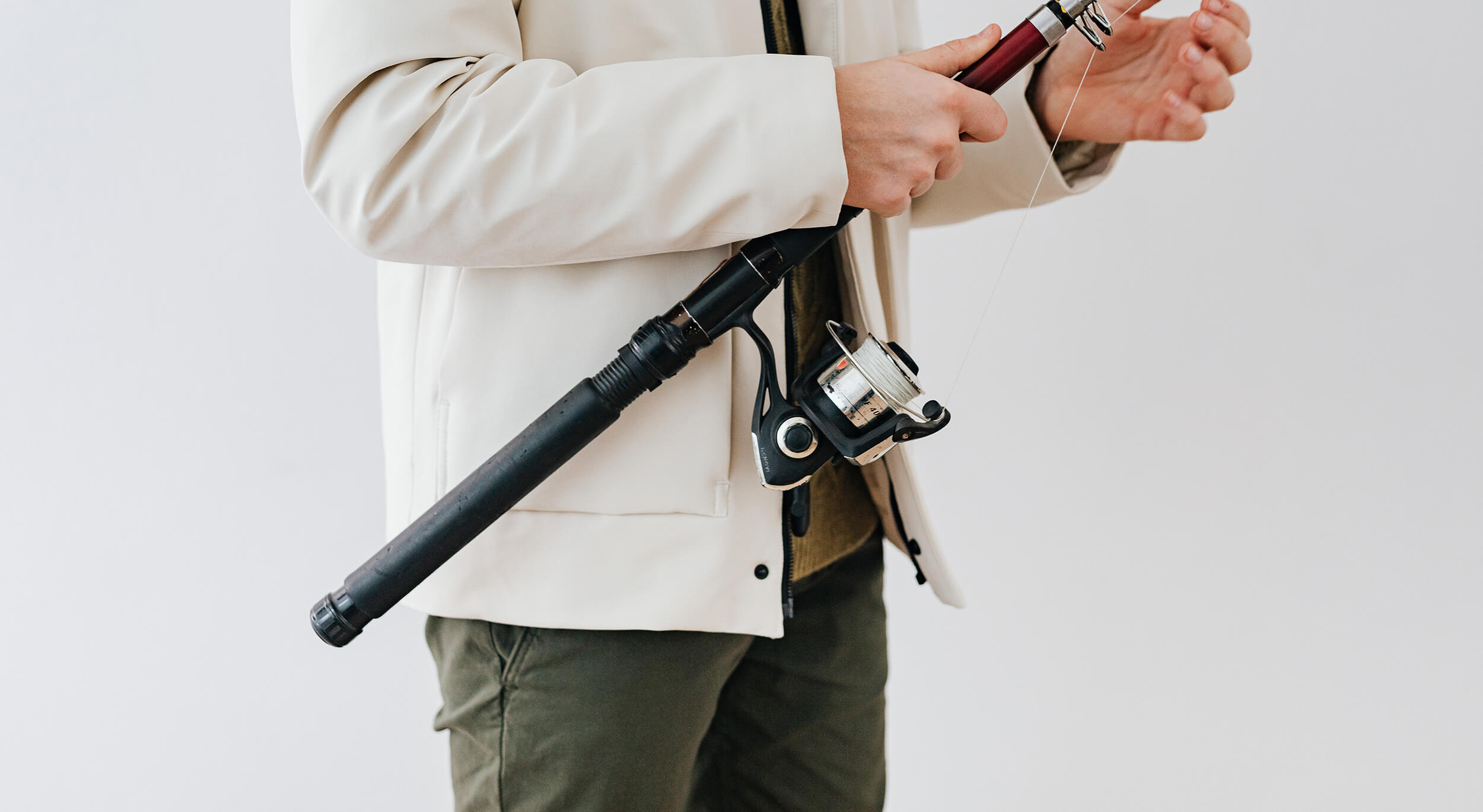
The first principle of proper rigging is the comfort for the angler, the second is the maximum possible catchability. It is good if both of these principles go hand in hand without contradicting each other.
When assembling tackle, it is reasonable to consider the following factors:
- Type of fish . Not everyone knows the fact that with the help of a spinning rod they catch not only a predator, but also quite peaceful representatives of carp breeds. In this case, the spinning rod becomes the basis for bottom mounting with a feeder. And catching a predator involves some variation. For example, pike is hunted for large baits with the obligatory use of a metal leash.
- The weight of the estimated prey . To catch trophy specimens, a powerful rod of heavy class with appropriate equipment is required, while it is rational to catch small specimens on more delicate fishing line in tandem with an ultralight blank.
- The presence and strength of the current . The rule is simple: the stronger the current, the heavier the bait should be.
- The nature of the bottom . In conditions of a curled or littered bottom surface, mountings are used that guarantee minimal engagement.
- Distance . When fishing on small rivers or from a boat, there is no need for ultra-long casts, so a short blank is selected.
- Fishing method . The method of fishing is mainly determined by the choice of the bait, but not only: for example, the correct step jig is possible only if there is a braided line.
An effective spinning tackle assumes the correct selection of all components, depending on the above parameters.
Rod
A rod (stick, blank) is the main element of the rig. Other components are selected depending on its basic characteristics.
All forms can be divided into two broad categories: plug and telescopic. The former are made up of several knees, have greater strength with less weight. The obvious advantage of the second, retractable spinning rods, is the ease of transportation and assembly. Experienced anglers tend to choose the first option, focusing on the strength and lightness of the tackle.
Modern letterheads are made from various artificial polymers: carbon fiber reinforced plastic, fiberglass (the most affordable option), composite materials. Particular attention should be paid to the smoothness and quality of the assembly of the guide rings, the design of the reel seat and the handle. Do not rush and give yourself up to the ultra-low price: all unwanted nuances will emerge when rigging the spinning rod and in the process of fishing.
The main characteristics of the rod are:
- Test . The test determines the grade of the blank (from ultra-light to extra-heavy), that is, its ability to carry a certain mass of bait. The higher the test, the more powerful the form, the more significant it is designed for a trophy.
- Build . Roughly speaking, this is the flexibility / stiffness of the rod, expressed in terms of the rate at which the bite is transferred to it. Fast action is suitable for catching all kinds of small things, for example, grass perch, medium – for trophy pike, asp, humpback perch, slow action for catfish and so on. The fast action blank bends when biting only in the upper third, slow action blank – up to the handle.
- Length . The length of a spinning rod designed for long casts starts from 2.7 m.When fishing from a boat, on small rivers and reservoirs, a blank 1.8 m long is enough.
For a beginner, we recommend a plug-in carbon fiber or composite blank 2.4 m long, medium dough and tuning with high-quality guides and a gripping cork handle. This is the most versatile option, suitable for a wide range of fishing conditions.
Reel
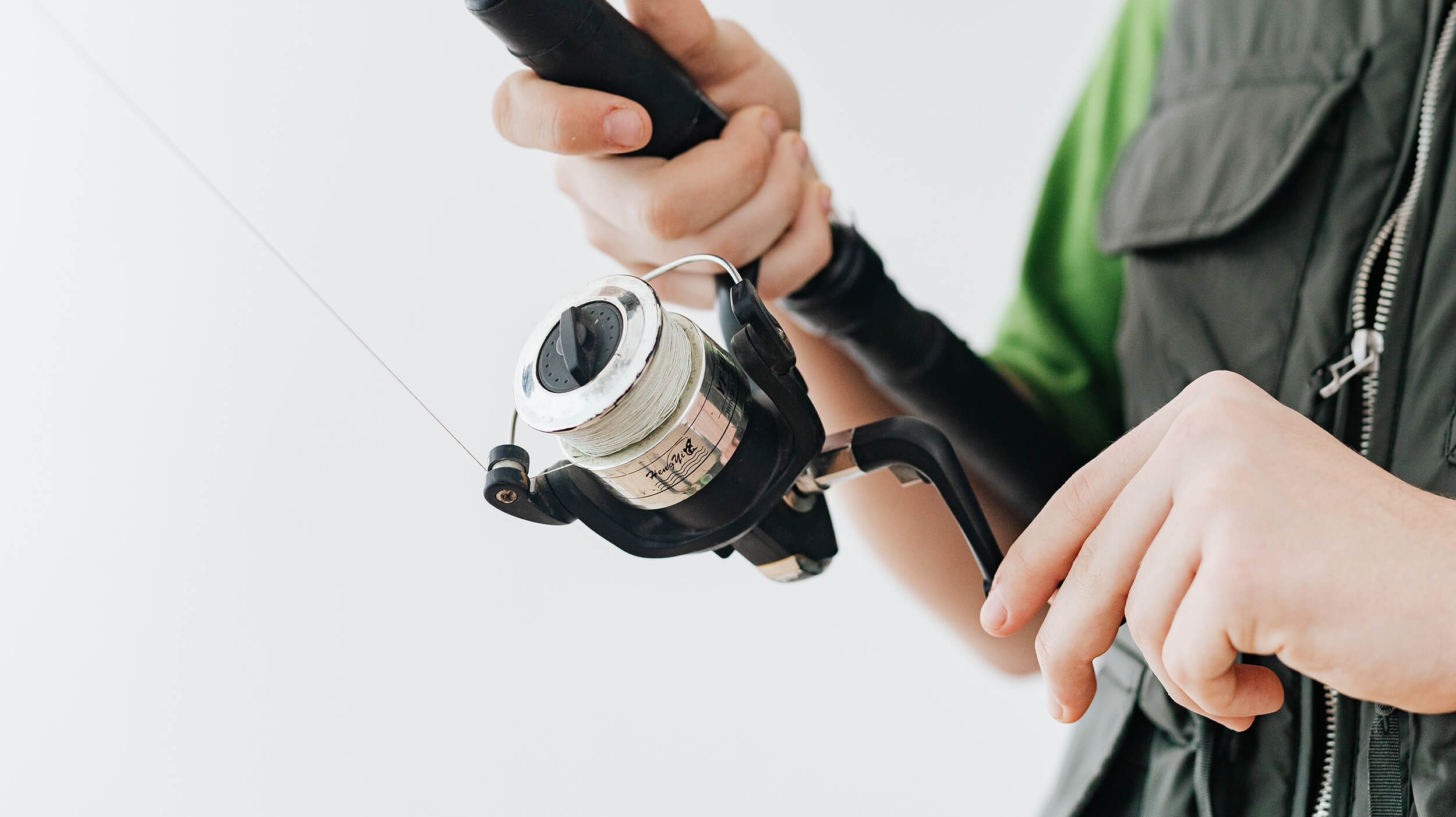
The entire family of fishing reels can be roughly divided into three main types: inertial, inertialess and multiplier. Spinning tackle is sometimes sold ready-made, and the assembly uses an inexpensive but decent enough spinning reel. This is a great option for a beginner, but experienced anglers prefer to purchase accessories separately for their own preference. Inertia is used only by some amateurs and fishermen-athletes – it is, rather, taste. Usually, good spins are set at 1000-3000 in accordance with the characteristics of the rods.
The multiplier is a very expensive reel that unnecessarily weighs down the blank. It was created specifically for sea fishing and is designed for large trophies. A freshwater fishing multiplier is only required if you are going to hunt an old-time pike or catfish. For a beginner, he is definitely unnecessary.
We will not go into the technical details of the reel arrangement – this is unnecessary. Let’s just say that a beginner who picks up a form in accordance with our recommendations will need a spinner with the following characteristics:
- robust housing,
- reliable mechanism,
- replaceable spools,
- 5-6 bearings,
- capacity 2000-3000,
- presence of friction.
An experienced salesperson will tell you which coil is the best fit for a particular blank, and over time you will figure out all the nuances yourself.
Fishing line
For a long time, anglers have been debating whether it is worth using a braided cord in spinning equipment or is it better to stay on the more familiar monofilament? In this dispute, there is no unequivocally right one, since everything depends on both the technique and the fishing conditions.
Classic monofilament withstands lower breaking loads than braid: it is approximately twice as strong as a cord. In addition, it stretches perceptibly in water, which can be both an advantage and a disadvantage. On the one hand, the cushioning ability reduces the load on the blank and makes it easier to play the fish. On the other hand, it is impossible to quickly transfer the bite to the rod, which slows down the angler’s reaction. In addition, when using a monofilament thread, animation of a number of lures is difficult.
Braided cord is more tensile and does not deform in water. However, it is much more expensive and less durable than a monofilament. With intensive use, its service life is calculated in one season, and sometimes the rings of the blank also suffer.
Conclusion: it is definitely worth equipping a spinning rod with a braided cord in the following cases:
- when fishing at considerable distances;
- when using silicone baits (especially with the classic “step”);
- trophy fishing.
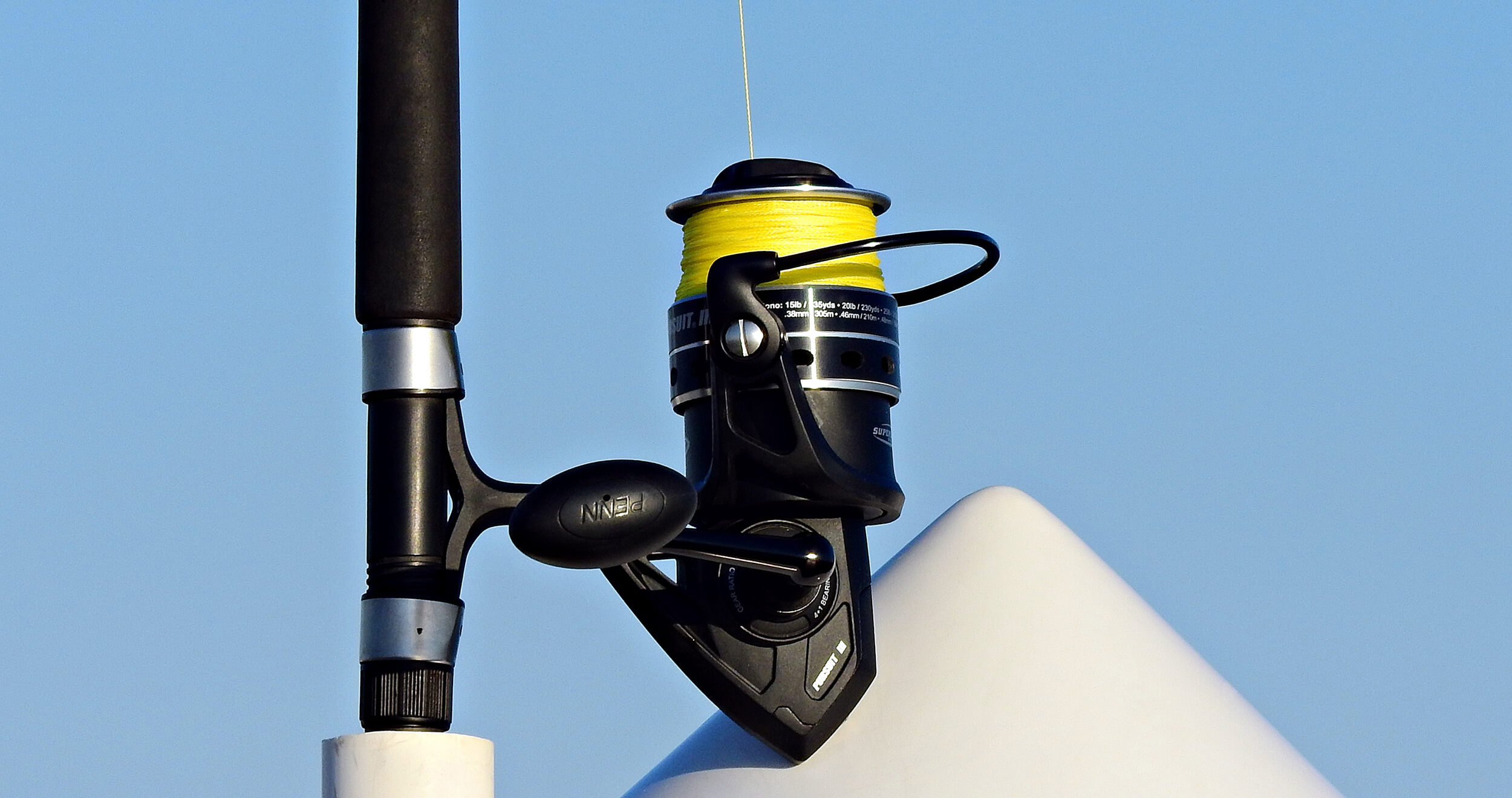
Leash
When catching a small predator, the leash is sometimes neglected, but in most cases, it is an indispensable element of the rig. When choosing a leash, you need to be guided by the following principles:
- The soft fluorocarbon leash is ideal for catching passive predators. With sufficient strength, it is hardly noticeable in water and does not alert fish.
- A semi-rigid leash (tungsten) is good for pike hunting, but does not always show sufficient strength, and also noticeably deforms from the effects of predator teeth. The exception is Kevlar leashes, but they cost a lot of money.
- A rigid steel leash is included in the spinning rig only in one case: when a heavy bait is used purposefully on the pike. But it is clearly visible in the water and slightly smears the animation, so you should not use it for a passive summer pike, having made a choice in favor of the inconspicuous installation.
The main types of baits and rigs
Spinning fishing is tailored for the use of artificial lures. Yes, experienced anglers also actively use passive animal baits (pieces of meat, bunches of worms, molluscs), but this is rather an exception to the rule. A combination of artificial and natural baits can be attributed to a similar taste.
The most common artificial spinning lures can be classified into three broad groups:
- Spoons . Classics of the genre: oblong metal lures. A few decades ago, there was practically no alternative to them. Both uniform and uneven wiring are used with them.
- Wobblers . The widest class of baits, made mainly of artificial polymers, but there are also wooden models. The main harness for a wobbler is twitching, which involves yawing the bait along a zigzag path.
- Soft baits . This category includes lures made of soft silicone, as well as foam fish. They are used exclusively in tandem with sinkers (jig heads). The main wiring is a step.
The equipment of the spinning rod with this or that bait is dictated by the conditions of fishing, its tactics and the personal preferences of the angler.
Spoons
All spinners, despite the variety of shapes and sizes, can be classified as spinning and oscillating.
Spinning lures, during posting, make revolutions around their axis, thereby attracting a predator. In addition to traditional flat models, consisting of a weighting agent and a rotating petal, the Devons can also be attributed to the same group – volumetric metal lures with propellers. For spinning lures, the only type of wiring is suitable – uniform. This means that the development of spinning fishing can be started with this bait and the elementary uniform wiring. By the way, this way you can catch a fair amount of grass perch, or even seduce prey and more impressive.
Oscillating spoons have a characteristic curved shape. They wobble when guided correctly, but the skill of the angler can give them a slightly different animation. All types of predatory fish are caught on the oscillators, but their wiring is more difficult.
The indisputable advantages of spinners include record strength and resistance to the teeth of a predator. Spinning lures are attached to the line through a swivel, the spoons can be imposed directly, for example, with a “palomar” knot, “figure eight” or a surgical loop.
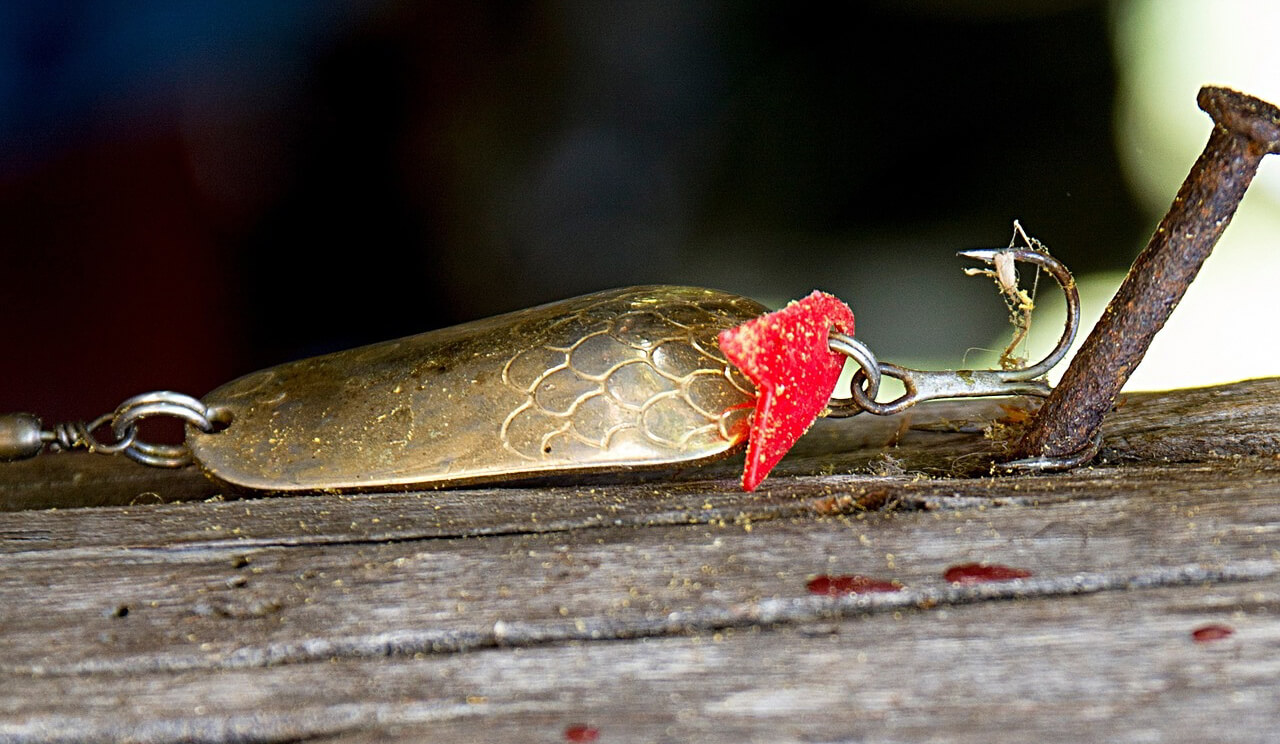
Wobblers
Before us is a huge class of hard artificial baits. In most cases, wobblers resemble small fish, but they can also resemble other aquatic animals. Their appearance gave rise to a whole direction in spinning fishing – twitching . This is the main type of wobbler wiring, but anglers use other options: from the usual uniform to the straight and reverse steps. It all depends on the characteristics of the bait, fishing conditions and other components of the spinning tackle.
The classification of wobblers is very complex and can serve as a topic for an impressive monograph. They are differentiated by:
- Shape and design . The wobbler can have any shape, from sweeping to round, and can be variably equipped with hooks and hooks from single to triple. Many models have nose blades. Each variation has its own name: popper, crank, fat, walker, minnow, stickbait – you can list it for a long time.
- Fishing horizon . In this case, we mean the working position of the bait during the posting. The most famous surface wobbler is the popper, easily recognizable by the cut off nose. It is suitable for the first steps in spinning fishing. The most famous deep sea lures are the minnow, but for the beginner, fatty fetas and cranks are more suitable.
- Buoyancy . And here we mean the position of the bait in the resting stage. Some wobblers float when the wiring stops, others drown, and still others, suspenders, even hang in the water. For example, the aforementioned minnows exist in all three buoyancy options.
Among the disadvantages of these lures are the high cost of decent catchy models, as well as the relative difficulty of mastering twitching.
Soft baits
The equipment of a spinning rod for a jig automatically assumes the use of a soft silicone bait. The material for its manufacture can be either ordinary silicone or “edible rubber” – all the same silicone, but with aromatic and flavoring additives.
The classification of silicone baits is no less difficult, but in this case only the shape, size and color of the bait are indicative. The most famous silicone baits are twisters and vibrotails. The former imitate juvenile fish and have a characteristic flattening in the tail. The latter are less like a fry and have a more abstract design: a run-through body and a squiggle tail in the form of a question mark.
Sometimes silicone baits resemble passive baits of animal origin: worms, larvae, miniature squid and so on. A separate group includes soft foam rubber fish.
The own weight of soft baits is minimal, therefore, their use necessarily involves the use of a load, which is selected depending on the spinning test. A classic of the genre is the use of a jig head: rounded weights with a hook. The hook is inserted into the body of the bait, and it mates into a single piece with the head.
However, in addition to the aforementioned classics, there are also spaced options for spinning equipment. These are Texas and Carolinian montages, as well as a fairly popular drop-shot. In addition to them, spaced mounting is often used , colloquially called a diverting leash (the sinker and the hook with the bait are located on different leashes). Spaced rigs are less prone to snagging and require the use of an offset hook.
The main guide for silicone baits is a regular step. It is objectively simpler than twitching. However, many silicone lures show quite natural animation even with uniform guidance, which is elementary for mastering.
The only drawback of silicone baits is their “disposability”: they suffer greatly from contact with the teeth of a predator, especially a pike.
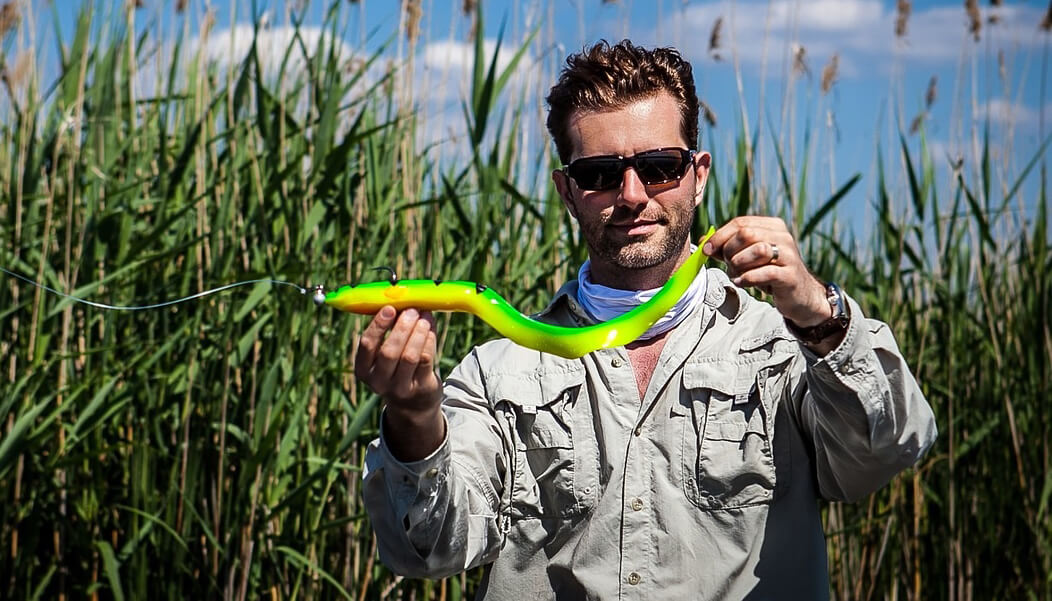
Tackle assembly stages
So, we will assume that all the elements are selected, and we can start assembling the spinning tackle:
- Rod assembly . The telescopic blank does not need to be assembled – to bring it into combat readiness, it is enough just to push it apart. The plug blank must be sequentially assembled from the included elbows.
- Reel mounting . It is necessary to loosen the nut on the reel seat, insert the “leg” of the reel into it, tighten the nut. The main thing is to tighten the nut tightly, but do not overdo it, otherwise you can break the thread.
- Line winding . First, you should pass the cord through at least one ring on the blank, and then fasten it to the spool with any of the fishing knots. For reliability, you can fix it with electrical tape. The factory reel with fishing line must be put on a pencil or knitting needle, given to your partner and start winding. If not available, the reel pencil can be held with your knees or toes, and the line should be fed from below. For normal operation, the spool is filled with line to the top, therefore, with a large volume and a thin line, backing is often used (lower quality line, wound under the main line).
- Setting up the clutch . If there is a clutch, it is important to set it up correctly . A rough adjustment is made when the cord is fastened to a fixed stop: we pull the line with the clutch fixed, slowly release the clutch when the cord is bled off.
- Attaching a leash and / or bait . The leash or bait is attached to the main line either directly using any strong knot or through a swivel that minimizes line twisting.
Spinning equipment depending on the type of fish
Above, we considered the most versatile rig, without taking into account the type of intended production. However, when targeting a specific predator , some points should be taken into account:
- Pike . For hunting a toothed torpedo, blanks of the medium-light and middle class of the medium order with a reel for 2000-3000 are usually used. The bait weight should be close to the upper limit. For an active predator, the use of a metal leash is mandatory.
- Perch . For the extraction of small grass perch, ultralights and fast action lights are used, with a thin cord and a “thousandth” coil. Sailors are great for spinning lures, as well as small silicone baits, including imitation worms. You can’t tempt a humpback perch with such a trifle – the rig on it approaches the pike, but a metal leash is not required.
- Pike perch . In summer, pike perch is caught mainly in the dark, so it is rational to use luminous baits. Foam fish are distinguished by their exceptional catchability in terms of pike perch. A leash is not required, the universal rig, which is devoted to the main part of our publication, is optimal.
Experienced spinning tips
And, as always, for dessert, a few tips from seasoned anglers:
- The first spinning tackle should be of high quality, but not prohibitively expensive. Of course, if you are not experiencing the slightest financial difficulties, no one forbids choosing an exclusive from famous Japanese manufacturers. However, you should not go to extremes – at first, a trial mid-budget option from the China is enough.
- Don’t try to embrace the immensity. Experienced spinning experts, being in a good-natured mood, will surely begin to regale you with all sorts of advice regarding the nuances of the rig. Information has never harmed anyone, but it must be applied wisely in practice, especially since the recommendations are sometimes mutually exclusive. Take only the main points, ask what interests you, and you will certainly comprehend the subtleties on your own in the course of practice.
- When equipping a spinning rod, follow the recommendations of the manufacturers indicated in the marking. For example, the use of too light a bait leads to a decrease in the casting distance and deterioration of the quality of the lead, too heavy – to premature rendering of the tackle unusable, or even its breakage.
We wish that the first spinning rod in your life was assembled perfectly and brought you as many enviable trophies as possible!

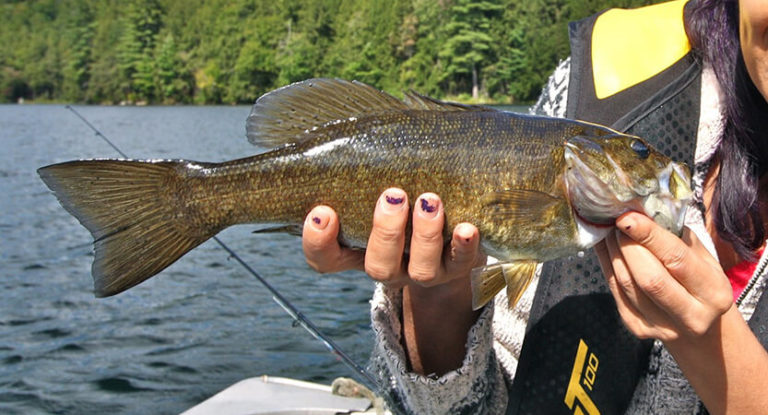
![The 9 Best Fly Fishing Forceps [ 2023 Update] 7 The 9 Best Fly Fishing Forceps [ 2023 Update]](https://trizily.com/wp-content/uploads/2022/03/best-fly-fishing-forceps-768x768.jpg)
